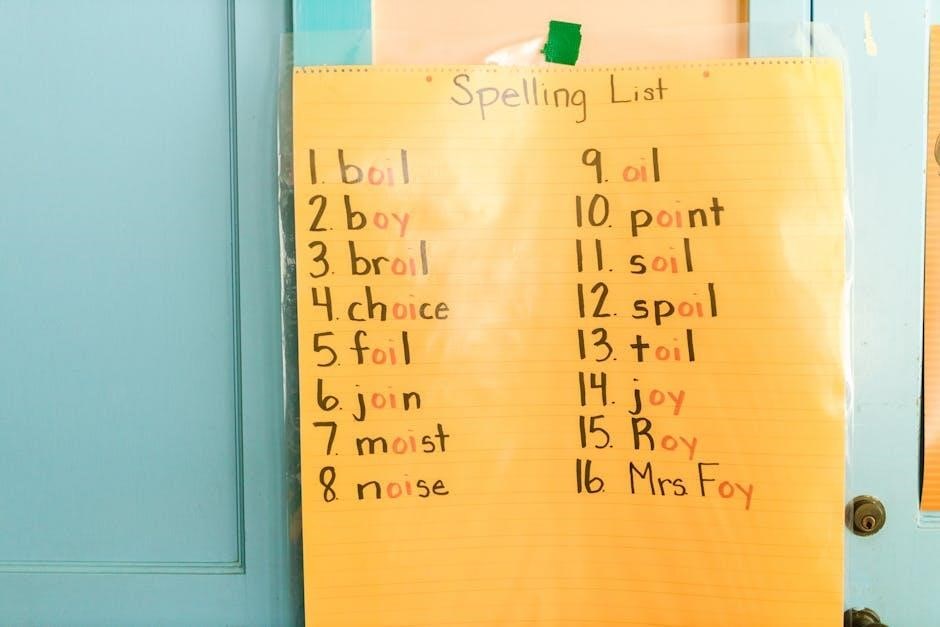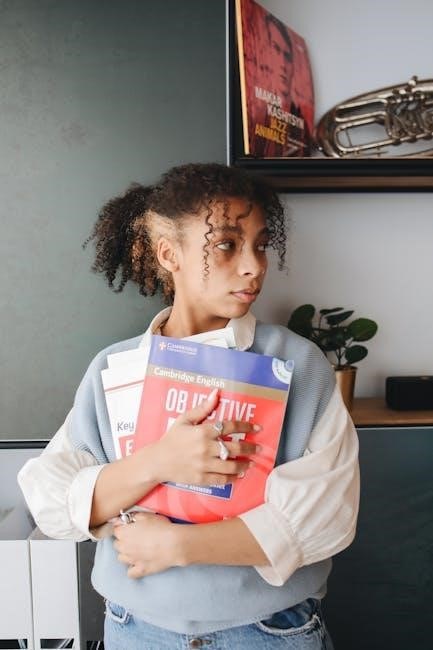to create effective partnerships and supportive learning environments for students every day always.
Overview of Parent-Teacher Communication
Parent-teacher communication is a vital component of a student’s educational journey, and it is essential to understand its significance in creating a supportive learning environment. According to various studies, effective communication between parents and teachers can lead to improved student outcomes, increased parental involvement, and a more positive school experience. The internet provides a wealth of information on this topic, including guides and resources for parents and teachers to work together. By using
- ordered lists
and
- unordered lists
, parents and teachers can create a plan to communicate effectively, share information, and collaborate on student goals. This can include regular meetings, progress reports, and open dialogue about student strengths and weaknesses. By working together, parents and teachers can provide a comprehensive support system for students, helping them to succeed academically and personally. Effective parent-teacher communication is critical to a student’s success, and it is essential to prioritize this aspect of education.

Importance of Parent-Teacher Partnerships
Partnerships foster collaboration, trust, and mutual support, using various methods to benefit students, creating a positive impact on their educational journey always with parents and teachers working together effectively.
Roles of Parents and Teachers in Student Life
Parents and teachers play distinct yet interconnected roles in a student’s life, with parents offering intimate knowledge of their child’s personality, interests, and learning style, which can guide educators in tailoring instruction using various methods and
- ordered lists
. Teachers, armed with pedagogical expertise, can harness this information to create an inclusive learning environment that supports the student’s overall development. By working together, parents and teachers can provide a comprehensive support system that addresses the student’s academic, social, and emotional needs. This collaborative approach can help identify areas where the student may need extra support or enrichment, allowing parents and teachers to develop targeted strategies to promote the student’s growth and success. Effective communication and collaboration between parents and teachers are essential in fulfilling their respective roles and ensuring the student receives a well-rounded education, which is facilitated by regular meetings and
- open discussions
.
Effective Parent-Teacher Communication Strategies
Using email and
- regular updates
to facilitate open dialogue and collaboration between parents and teachers every day always.
Tips for Productive Parent-Teacher Conferences
Parent-teacher conferences are a valuable opportunity for parents to connect with teachers and gain insights into their child’s progress, using online scheduling to arrange meetings at convenient times. By preparing ahead of time, parents can make the most of these conferences, asking informed questions and sharing relevant information about their child’s strengths and weaknesses. Effective communication is key to a productive conference, with parents and teachers working together to identify areas of improvement and develop strategies for supporting the child’s learning. Using
- checklists
and
- action plans
can help to ensure that all important topics are covered and that both parties are clear about their roles and responsibilities. By following these tips, parents and teachers can work together to create a supportive and inclusive learning environment that benefits the child. Regular
can also help to track the child’s development and make adjustments as needed.

Benefits of Open Dialogue Between Parents and Teachers
Open dialogue benefits students, using collaborative tools to enhance learning experiences and improve academic outcomes always effectively.
Understanding Childs Strengths and Weaknesses
Understanding a child’s strengths and weaknesses is crucial for their educational journey, using assessment tools and
- ordered lists
to identify areas of improvement and development. By recognizing a child’s strengths, parents and teachers can provide opportunities for growth and reinforcement, while also addressing weaknesses through targeted support and interventions. This collaborative approach enables parents and teachers to work together, sharing insights and expertise to create a personalized learning plan that meets the child’s unique needs. Effective communication is key to this process, with regular updates and progress reports helping to inform and refine the child’s educational strategy. By fostering a supportive and inclusive learning environment, parents and teachers can help children build confidence, develop resilience, and achieve their full potential, using
- unordered lists
to track progress and celebrate successes. This ongoing partnership is essential for helping children navigate their educational journey, overcoming challenges and achieving their goals.

Maximizing Childs Learning Potential
Maximizing childs learning potential involves using resources and strategies to create supportive learning environments always helping students.
Creating a Positive Educational Experience
Creating a positive educational experience is crucial for a child’s development, and it involves using various resources and strategies to create a supportive learning environment. This can be achieved by fostering a sense of community and inclusivity in the classroom, where students feel valued and respected. Teachers and parents can work together to create a positive educational experience by sharing information and resources, and by being responsive to the needs of each child. By using
- ordered lists
and
- unordered lists
, teachers and parents can identify areas where a child may need extra support or enrichment, and develop targeted strategies to help them succeed. Additionally, creating a positive educational experience involves providing opportunities for students to engage in extracurricular activities and projects that promote learning and development. By working together, teachers and parents can help create a positive and supportive educational experience that benefits each child. This collaborative approach can have a lasting impact on a child’s educational journey.
